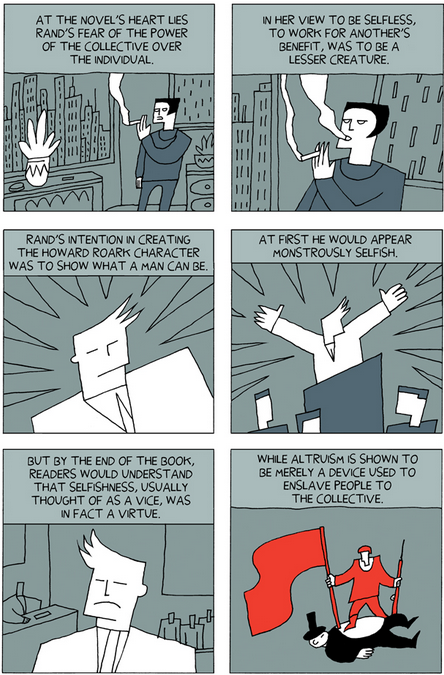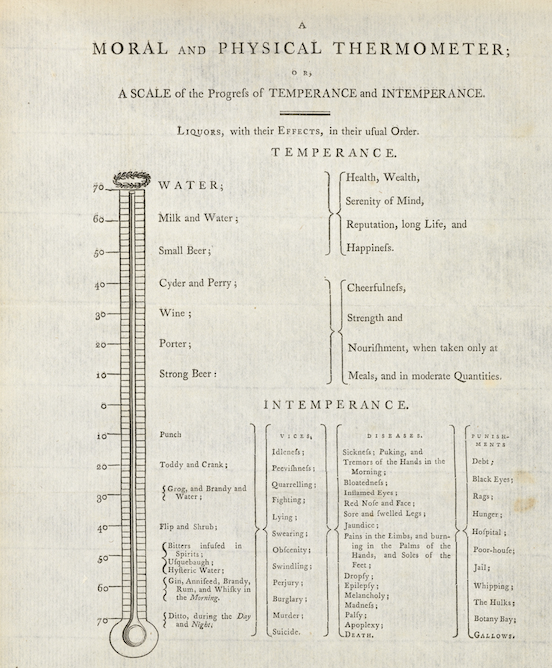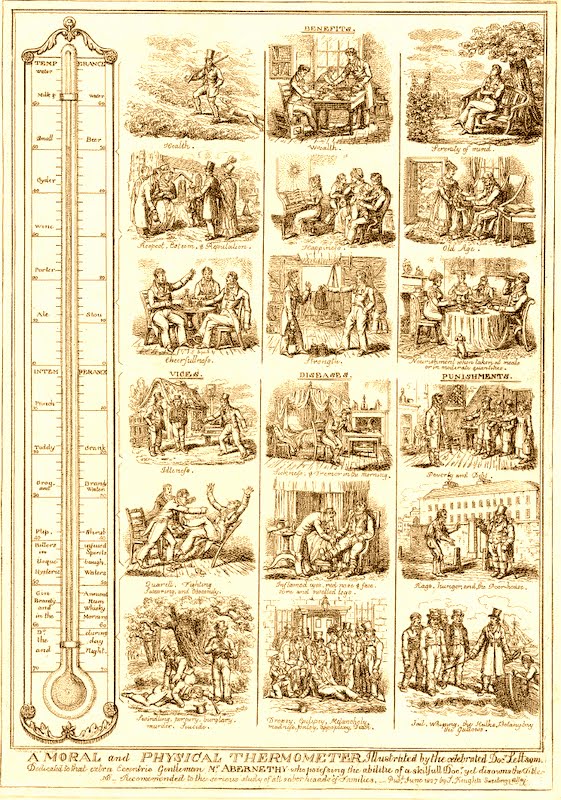Ayn Rand is one of the most divisive figures in 20th Century American thought. In some circles, particularly on Wall Street and in Washington DC think tanks, she’s seen as a patron saint of laissez faire capitalism. She preached the virtues of individualism and decried government handouts and taxes before it was cool, after all. In other circles, her bestselling books are thought to be little more than justifications of sociopathic behavior couched in stilted, preachy prose. Whittaker Chambers famously dismissed her final book, Atlas Shrugged, in a review for William F. Buckley’s National Review: “Out of a lifetime of reading, I can recall no other book in which a tone of overriding arrogance was so implacably sustained. Its shrillness is without reprieve. Its dogmatism is without appeal.”
Yet Rand’s thought found a great deal of appeal among American conservatives. Alan Greenspan, the former head of the Federal Reserve, was a member of Rand’s inner circle. Former vice presidential candidate Paul Ryan and likely presidential contender Rand Paul are both noted followers. Whether you agree with her or not, Rand is someone you need to understand if you want to get a sense of what’s going on with American politics. So for those of you who might blanche at the thought of wading through one of her phonebook-sized tomes, check out Darryl Cunningham’s cartoon biography of Rand.
Cunningham traces her life — her family’s loss of wealth and property at the hands of the Bolsheviks during the Russian Revolution, her immigration to America at age 21, and her eventual rise in fame and fortune. Elegantly and concisely, Cunningham not only lays out Rand’s philosophy but also paints a complex portrait of a deeply contradictory person. All with the help of cartoons.
Rand preached the virtue of individuality but she ruthlessly excommunicated anyone in her cult-like inner circle who deviated from her ideology. She praised reason over emotion but her spectacularly complicated personal life was riddled with petty jealousies and long simmering feuds. She abhorred government aid for the poor but she lived on Social Security at the end of her life. And perhaps strangest of all, considering the current American political climate, Rand vocally supported both atheism and abortion rights, but she has been utterly embraced by the American right.
You can see a page of Cunningham’s work above, or you can read his entire work, 66 pages of comic goodness, at ACT-I-VATE.
via io9
Related Content:
The History of Economics & Economic Theory Explained with Comics, Starting with Adam Smith
William F. Buckley Flogged Himself to Get Through Atlas Shrugged
Ayn Rand Talks Atheism with Phil Donahue
Great Shakespeare Plays Retold with Stick Figures in Three Simple Drawings
Free Online Philosophy Courses
Jonathan Crow is a Los Angeles-based writer and filmmaker whose work has appeared in Yahoo!, The Hollywood Reporter, and other publications. You can follow him at @jonccrow. And check out his blog Veeptopus, featuring one new drawing of a vice president with an octopus on his head daily. The Veeptopus store is here.






